The Advantages of 5G mmWave Technology: A Deep Dive
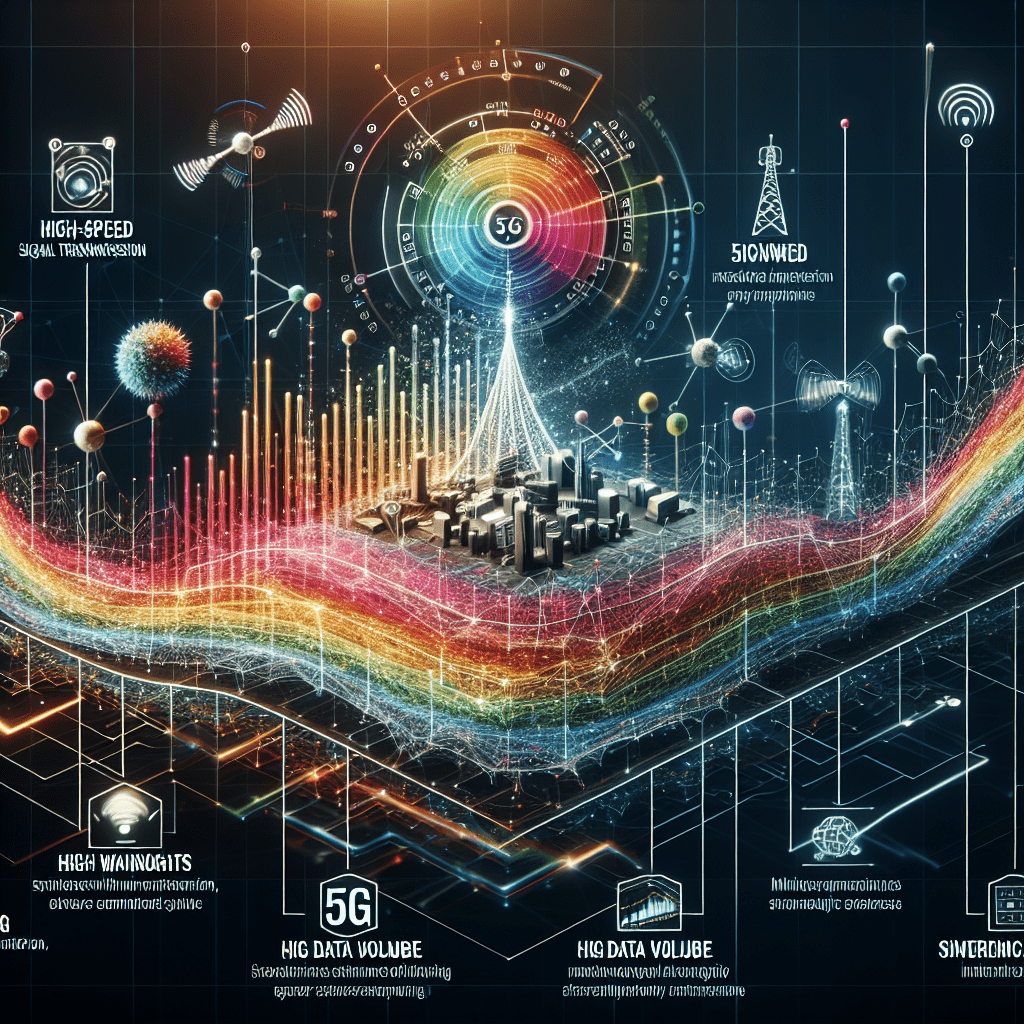
Overview of 5G mmWave Technology
Millimeter wave (mmWave) in 5G is a new set of frequency bands and spectrum resources deployed to provide high-bandwidth cellular communications. The short-wavelength spectrum equates to high-frequency and allows for data rates of more than 1 Gbps, effectively creating massive capacity improvements in wireless networks. That is vital for high data throughput environments like stadiums and concert venues, since millimeter wave technology can boast of a plethora of simultaneous connections; useful in densely populated urban areas. This low latency, often decreased to just milliseconds, is crucial for applications than need real-time responsiveness such as autonomous driving, remote surgery, and virtual reality experiences. But as we know, while it holds a lot of promise, it does have its limitations i.e. it has propagation issues in terms of range, penetration through building and foliage and therefore many small cells are required to be effectively deployed to provide uniform and controlled coverage. Ultimately, this high-level overview underscores the role of mmWave in the rapidly expanding 5G landscape, acting as a catalyst for innovation and connectivity.
Definition and basic principles
Millimeter wave (mmWave): You may have heard this term when it comes to 5G, and for good reason, it’s the biggest change that comes with this next generation of wireless communication. Built to operate in the frequency bands of 24 GHz to 100 GHz, it takes advantage of this untouched spectrum to offer ultra high data transfer rates and low latency. The basic concept of mmWave is that it can handle larger bandwidths than standard sub-6 GHz 5G frequencies, enabling faster data throughput and higher network capacity.
The short wavelength allows smaller, highly directional antennas to be used, which also enables focused beamforming techniques that deliver better signal quality and lower interference, which can be translated into higher spectral efficiency. They can be challenged by mmWave signals that have limited range and can be blocked by objects like buildings and trees, but technology like sophisticated antenna arrays and network density (small cells) can help with that. In the future, 5G mmWave technology is expected to transform sectors like smart cities, autonomous vehicles, and immersive entertainment with augmented and virtual reality with will help those platforms benefit from consistent, high-speed connectivity.
Comparison with previous generations of mobile networks
The introduction of 5G technology in mmWave level is a big step as every generation of mobile networks previously are easily identified by radical improvements. 5G mmWave takes this to astronomical levels with download speeds as fast as 10 Gbps, since 4G LTE shook the core of mobile internet with download speeds up to 1 Gbps. A 10x decrease in latency from the tens of milliseconds in 4G to as low as 1 millisecond in 5G, enables ultra-reliable, low-latency communications (URLLC) for faster speed and supports real-time applications such as autonomous driving for vehicles and VR. Although 3G broke ground for mobile internet at the relatively slower rates of up to 2 Mbps, the line-up of devices starts to look puny in front of the ultra-reliable and high-capacity 5G mmWave — capable of handling 1 M devices per Sqkm. Furthermore, whereas legacy networks battled interference and low spectral efficiencies, 5G uses millimeter waves to alleviate peak spectrum crunches, providing unprecedented bandwidth and increased air-interface capacity which is especially crucial in urban areas and dense city confines.
Frequency spectrum and its significance
Frequency spectrum is key to understanding the benefits of 5G mmWave technology. In contrast to 5G’s predecessors, 5G uses higher frequency bands, in particular the millimeter-wave (mmWave) spectrum in the range from 24 GHz to 100 GHz. This is thanks to the about of bandwidth it has available compared to the sub-6 GHz frequencies 4G LTE traditionally operated over. This means that with mmWave the bandwidth is so great that data can be transferred at speeds up to an order of magnitude faster than 5G’s lower bands, production latency is dramatically decreased, and more devices can be crammed on a single connection.
By their nature, mmWave is high-frequency signals capable of carrying large amounts of data with little interference, which is ideal for applications that need real-time responsiveness and high-throughput — like augmented reality, autonomous vehicles, and smart city infrastructure. Nevertheless, these frequencies come with their own downsides — they have shorter reach and are more prone to being disturbed by physical obstacles, and will need advancements in infrastructure, including dense small cell deployments and beamforming technologies. The frequency spectrum and efficient use of it is key to delivering the promise of 5G mmWave technology as a whole.
Key Advantages
5G mmWave technology – The game changer for industries for it offers a slew of key advantages that will enable industries to work on new standards of connectivity. Speed One of the biggest advantages to WiGig technology is the exceptional speed, which allows data to transfer at rates exceeding 1 Gbps and keep high-bandwidth content such as virtual reality and high-definition video flowing in real time with virtually no delays. Additionally, mmWave 5G’s latency is significantly lower, some estimate under 1 millisecond, which matters a lot in applications where near instant feedback is required, such as autonomous driving or remote surgery, where any delay might be catastrophic. Increased network capacity is another major benefit: mmWave tech can support so many more devices per square kilometer, which will be helpful as the Internet of Things (IoT) landscape continues to expand. The high-frequency spectrum of 5G mmWave could also allow for ultra-dense networks in urban cities that have a significant user base. Together, all these benefits have created an environment for cutting-edge technologies, enabling smart cities, enriching mobile broadband user experience and opening up new potential use cases that were earlier deemed unfeasible or impossible.
Increased bandwidth
Bandwidth is one of the most important features of 5G mmWave technology that provides it an edge over its predecessors. Legacy mobile networks, including 4G LTE, are limited to frequency bands with a narrow bandwidth, which constrains the amount of information they can carry at once. Conversely, 5G mmWave technology is used in higher frequency bands generally at and above 24 GHz, going up to 100 GHz where there is a lot more spectrum available.
In other words, this simply means other than an increase in bandwidth to much higher bandwidths, the technology should also be quicker to meet the ever demanding data needs of data heavy applications — like, ultra-HD video streaming, Virtual and Augmented realities and the rapidly expanding network of the Internet of Things (IoT). In addition, increased bandwidth offers a significant increase in network capacity to handle more users at the same time without degradation of performance, which is key in dense urban deployments and high density events. 5G mmWave technology is backed by utilizing broader channels which offers faster, reliable and power-effective data, providing innovative services and applications that demand high-speed connectivity and minimal latency.
Higher data transfer speeds
One of the most compelling reasons to implement 5G mmWave technology is that it boosts the data transfer speed fairly significantly. Based on millimeter-wave frequencies (usually between 24 GHz and 100 GHz) this technology delivers data rates over 1 Gbps and peaks in the optimal conditions even at 10 Gbps. These ultra-fast speeds mean incredibly fast downloads and uploads, seamless 4K and 8K video streaming and an all round superior user experience.
While this available bandwidth will prove most beneficial in packed urban environments where conventional sub-6 GHz 5G might struggle with congestion. The incredible capacity of mmWave is also what enables the roll-out of mmWave-powered applications such as augmented reality (AR), virtual reality (VR) and real-time cloud gaming that require ultra-low latency, ultra-high throughput. Businesses can also use these speeds to help improve their operations, facilitating new types of innovation like smart factories or telemedicine. In short, 5G mmWave cracks the code on a revolutionary build of internet for what will eventually become next-generation digital experiences.
Low latency and its importance for real-time applications
Ultra-low latency, one of the triad of 5G mmWave technology powerful features, is key for any use case with time-critical requirements, where even milliseconds are too long to make it on time. The delay which comes before the transfer of data starts, is the latency. 4G networks have a latency around 50 milliseconds, on the other hands 5G mmWave can lower it all the way down to 1 millisecond. With such reduction to 5G Uplink latency, we can have a near-instant communication that then becomes essential for real-time applications such as remote surgery, autonomous vehicles, and gaming.
In surgery, low latency is of the essence when it comes to remote surgery where a surgeon needs his/her movements mimicked millisecond per millisecond by robotic instruments to lower the risk of errors. The importance of low latencyIn the automotive industry, where split second decisions are critical, low latency ensures that autonomous vehicles are able to react in real-time to dynamic road conditions, preventing accidents and loss of life. Low latency is essential for gaming, providing those smooth, lag-free experiences that are so important, especially in competitive environments. Telecommunication services from 5G mmWave guarantee better performance and are enabling a new set of uses cases on industries whose existent depend on real-time data transmission.
Enhanced capacity and its impact on network congestion
It delivers different user experience in network capacity, and 5G mmWave technology is based on the higher frequency spectrum, generally between 24 GHz to 100 GHz. Has good spectral compatibility, with bandwidths capable of supporting much higher amounts of data and many more connections at a time than legacy low-band frequencies. This increased capacity features in response to itchiness of network congestion, especially in urban areas with high population density, and during rush hours. This additional bandwidth means a smoother flow of data, which in turn means latency becomes less pronounced on the link, meaning a more stable and quicker connection for the end user. This will inevitably be critical in scenarios that request high throughput, for example HD video streaming, real-time gaming and the increasing Internet of Things (IoT) world. In this way, mmWave-based 5G technology not only alleviates current network burdens, but secures the future of network communications under the deluge of data that will increasingly come to define the connected digital landscape of tomorrow.
Use Cases and Applications
5G mmWave utilization is broad and revolutionary, leveraging its ultra-high speed and low latency features across many use cases and applications. When it comes to healthcare, mmWave technology makes for the ultimate in remote surgeries and telemedicine consultations that allow for real-time interaction between patients and medical professionals. Smart cities will leverage a strong infrastructure to support IoT devices and service for improved traffic management, public safety and environmental monitoring. In entertainment and media we are talking about ultra-high definition video streaming and virtual reality (VR) applications that experience minimum latency. In industrial, mmWave opens the door to new applications, everything from MRO (maintenance and repair overhaul) experience training and preventative maintenance via sensors used ubiquitously in manufacturing. However, mmWave makes it possible for autonomous vehicles and drones to quickly exchange the data required for navigation and collision avoidance, which makes these modes of transport significantly safer and more efficient. In addition, even in densely packed areas with responses, such as stadiums and concert halls, you can see how well 5G mmWave allows for operational communication for hundreds of thousands of fans, demonstrating the versatility of supporting this level 5G mmWave in many industries.
Enhanced mobile broadband (eMBB)
Introduction to 5G mmWave and Enhanced Mobile Broadband (eMBB)Coverage performance with 5G mmWave technology Take Action Beamforming technology— the key technology of 5G mmWave with 5G mmWave and eMBB5G mmWave with higher data speed and larger capacity VS. Previous mobile generation fasterIntroducing the importance of eMBB in 5GUBLISH:date=”12–02–2019″ eMBB- eMBB is designed to serve the growing need for high-bandwidth applications like high-def video streaming, virtual reality (VR) and augmented reality (AR). 5G is able to achieve the desired network speeds in two ways: using the large chunk of bandwidth in the millimeter wave spectrum (often known as mmWave spectrum) to achieve maximum peak data rates of 10 Gbps, significantly higher than 4G LTE.
This improvement would also provide a superior connected driving experience in crowded urban environments which may often suffer from network congestion. eMBB will enable blisteringly fast downloads, reduce buffering in video calls and retail (such as in AR/VR), and allow you to access cloud-based services within milliseconds — both in professional and personal communication. Furthermore, eMBB provides a solid foundation for smart city use cases, including real-time traffic monitoring and improved public safety systems, pushing the envelope when it comes to innovation and operational excellence for urban areas.
Fixed Wireless Access (FWA)
Fixed Wireless Access (FWA) is changing how we access the internet using 5G mmWave. FWA differs from traditional wired broadband as the service is provided via radio waves and is often used when laying physical cables becomes expensive and in some cases, impossible. 5G mmWave has the potential to provide incredible data rates over FWA, even approaching those of fiber-optic connections. This ensures the internet does not go down and makes the internet faster for rural areas and some underserved urban areas. Finally, again because 5G mmWave has inherently low latency, this ensures a lag-free user experience, critical for applications like gaming, streaming, video conferencing, as well as a quickly emerging IoT ecosystem. The quick deployment capacity of FWA offers flexibility to expedite installation and avoid high costs, thereby widening the reach of high-speed internet, which consequently boosts the proposition of digital inclusivity. In summary, 5G mmWave-based FWA is a game changer technology that is potentially a huge facilitator for bringing internet within the reach of billions of inhabitants around the world.
Internet of Things (IoT) and its implications for smart cities
Some of the key beneficiaries of the trend towards 5G mmWave technology, the likes of which are setting the stage for a new era in the IoT, are smart cities. This ultra-high frequency band offers very small latency and capacity for very high data rates in establishing the seamless and immediate connection between billions of devices. For smart cities, this equates to improved traffic management using live data feeds from connected vehicles and infrastructure, boosting road safety and traffic flow. Moreover, 5G enabled IoT sensors measure the field parameters and hence, helps to optimize energy consumption and utilities, and monitor environmental conditions by providing the exact level of these parameters in real-time which can again lead to a greener and efficient solution that ends up saving a lot of operational costs. And there are benefits for public safety, investing in advanced surveillance systems and faster response times available through real-time transmission of data. Simply 5G mmWave technology transforms our urban landscapes to inspire newfound global efficiencies of production and safety and elevate quality of life to create extreme resilience from fabric to building to ecosystem, all designed with you in mind.
Applications in augmented and virtual reality
5G uses mmWave technology to deliver incredibly fast data speeds, ultra-low latency, and high bandwidth, a perfect combination to unlock the potential of next-generation mobile augmented reality (AR) and virtual reality (VR) experiences. Features as such as crucial to ensure smooth AR and VR applications with rich experience across different domains. In gaming, for example, 5G mmWave makes high-definition graphics and more immersive environments play seamlessly and in real-time, delivering a better user experience. For education and training, 5G mmWave should be able intakes advantages of AR and VR for a very interactive and a real-life simulation resulting in better learning and skill development. In addition, health care surgeons can leverage VR for pre-operative planning, or AR for real-time guidance during the surgery to help improve outcomes. The ultra-low latency also supports multi-user environments, which is essential for shared professional and social virtual spaces. With 5G mmWave technology, AR and VR applications offer a drastically improved user experience while enabling significant new functionalities for a wide range of industries.
Challenges and Considerations
5G uses mmWave technology to deliver incredibly fast data speeds, ultra-low latency, and high bandwidth, a perfect combination to unlock the potential of next-generation mobile augmented reality (AR) and virtual reality (VR) experiences. Features as such as crucial to ensure smooth AR and VR applications with rich experience across different domains. In gaming, for example, 5G mmWave makes high-definition graphics and more immersive environments play seamlessly and in real-time, delivering a better user experience. For education and training, 5G mmWave should be able intakes advantages of AR and VR for a very interactive and a real-life simulation resulting in better learning and skill development. In addition, health care surgeons can leverage VR for pre-operative planning, or AR for real-time guidance during the surgery to help improve outcomes. The ultra-low latency also supports multi-user environments, which is essential for shared professional and social virtual spaces. With 5G mmWave technology, AR and VR applications offer a drastically improved user experience while enabling significant new functionalities for a wide range of industries.
Penetration issues and range limitations
Unfortunately, the 5G mmWave technology might be also the major failure point for this technology, as good as it could be, the disadvantages like penetration is one issue and the range is not ideal as well. mmWave frequencies, between 24 GHz and 100 GHz typically, do not propagate well. This high-frequency wave will quickly encounter obstacles such as walls, buildings, and trees, and even rain or fog can shut down cell sites in minutes. This results in a much shorter range than lower-frequency bands that have been used in most previous cellular technologies.
As well as this, mmWave signals penetrate very poorly indoors, so providing widespread indoor coverage without the need for very dense small cell deployments and even more network splitting is going to be challenging to say the least. Therefore, network operators have to deploy a densified grid of base stations and repeaters, leading to much higher infrastructure costs and deployments complexity. As a result, although mmWave 5G promises game-changing performance, those promises brings a whole lot of infrastructural and physical overhead with it.
Infrastructure requirements and deployment costs
Although 5G mmWave (millimeter-wave) technology provides unparalleled data rates and ultra-low latency, it evolves unique challenges to infrastructure demands and deployment cost. However, because mmWave signals are at a high frequency, they do not propagate as far and have trouble passing through walls, structures like buildings, and other obstructions like trees. This requires an elaborate network of small cells and base stations to provide seamless coverage, which in turn, significantly escalates capital expenses. Matching capacity is difficult and this is why individual cells cannot be served by conventional towers; small cell sites across large areas must be used and are often fixed to street furniture, buildings or purpose built poles, each of which requires careful urban planning and regulatory approval.
These costs are further amplified by the advanced hardware required for the same– like Phased array antennas and beam steering technology to ensure better signal quality and directionality. In addition, carriers have to be able to upgrade their backbone network to manage all the data that will flow through it because of small cells, along with providing plenty of backhaul for all those small cells right back into the core network, which adds to the cost line. However, such costs aside, because 5G mmWave technology only convenience for Internet of Things (IoT), smart cities, and enhanced mobile experiences recently, the benefits outweigh the cost since the future depends on the connectivity.
Health and safety concerns
Although 5G mmWave technology expands the data and connectivity capacity of the internet to unprecedented levels, it also raises concerns over the detrimental impact on health and safety as it uses higher frequency bands (24 GHz to 100 GHz) with shorter wavelengths. That is taken over the lower frequency bands that the earlier mobile networks used and higher frequencies for millimeter more importantly that these millimeter waves have shorter wavelength, so they pretty much get absorbed by the skin and whatever else is on the way. This encourages concerns about potential long-term exposure effects, such as thermal absorption by skin tissues, and the risk of cancer, or other diseases.
However, the WHO and FCC reference criteria set by landmark scientific studies to support the assertion that 5G mmWave emission levels do not exceed internationally recognised regulatory exposure limits. This is because mmWave signals have a high degree of difficulty penetrating buildings and must be routed through many fixed locations, such as small cells, to create a network dense enough to reduce the power output and hence the negative health impacts. However, future research must be conducted and surveillance must continue in order to fully resolve these health and safety issues resulting from the proliferation of 5G technology.
Potential solutions and ongoing research
Solutions and ongoing research, including future commercial solutions, for 5G mmWave technology seek to overcome the inbuilt challenges of 5G mmWave technology and maximize its advantages. Areas of investigation include the evolution of sophisticated beamforming and beam-tracking methods that help improve signal directionality and keep connections strong even when faced with obstructions. Experts are also examining ways to incorporate both small cells and distributed antenna systems to amplify coverage and capacity in packed quarters, so that line-of-sight problems often found with mmWave frequencies won’t be as pronounced.
Materials scientists, meanwhile, are exploring novel substrates and transceivers that can run effectively at higher frequencies while using less power. It is also now working on developing the accompanying algorithms for the dynamic spectrum sharing, to enable it to work concurrently with 4G and Wi-Fi networks. In order to deliver high performance and wide accessibility on the 5G mmWave technology beneficial, collaborative projects by academia, industry, and governmental bodies have been set up to drive innovation in these directions.
So what have we concluded?
Finally, 5G mmWave technology is revolutionary in the wireless communication, from telecommunications to automotive sector, and it can open unlimited possibilities in wireless communication. Opening new application possibilities ranging from augmented and virtual reality, autonomous vehicles, smart cities — and the experience of other users — the speed with which this network can operate and the reduction in latency from edge compute resources closer to the end user will improve the user experience, deliver ultra fast speeds and significant low latency. In addition, mmWave spectra provides a very high capacity to meet the ongoing demand for data, especially in the most crowded environments. Challenges remain, including attenuation and deployment of the massive MIMO antenna arrays that support beamforming, but improving beamforming techniques and deploying more antennas are gradually leading the way for 5G. It is consequently coming of age and could disrupt industries by providing stronger, leaner and smarter networks. 5G mmWave technology, When utilized, not only helps boost the economy but also provides the next chapter in our digital transformation journey, leading our lives to be more interconnected and efficient.
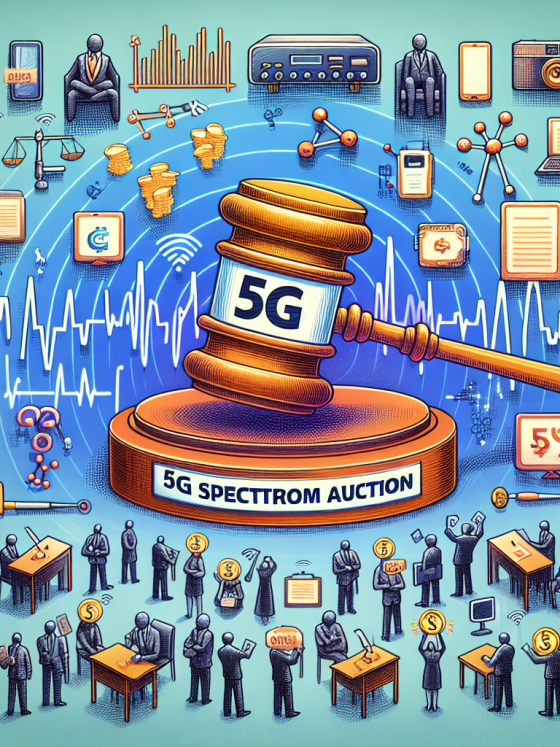
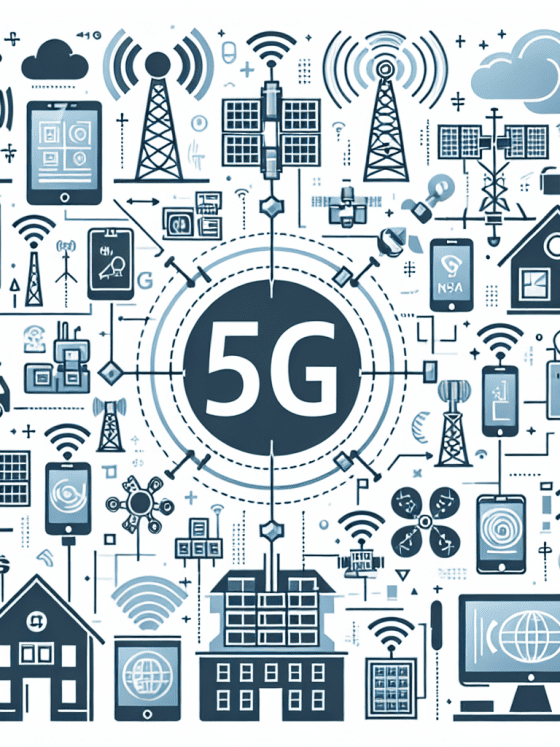
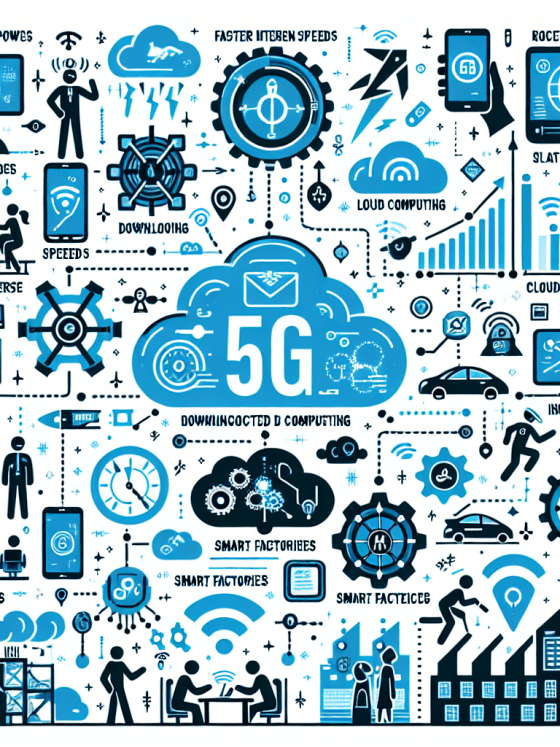
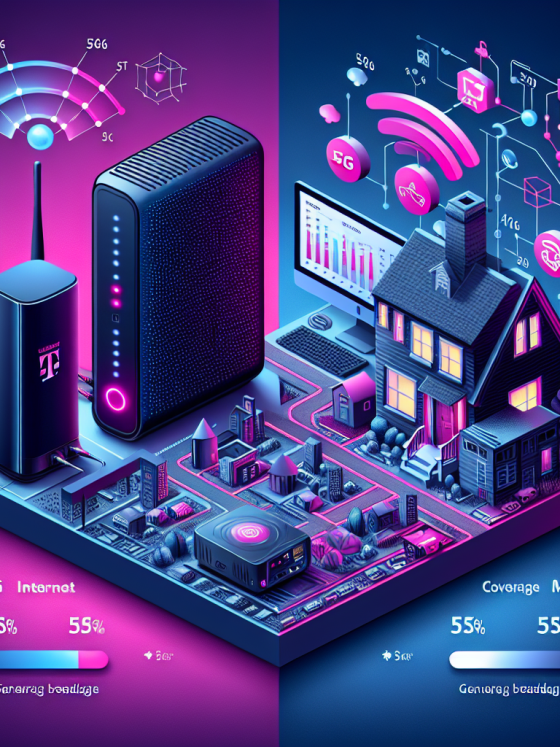
![Introduction to 5G Technology [PPT]](https://5ginnovations.top/wp-content/uploads/2024/07/introduction-to-5g-technology-ppt-560x747.jpg)
![Complete Guide to 5G Technology [PDF]](https://5ginnovations.top/wp-content/uploads/2024/07/complete-guide-to-5g-technology-pdf-560x747.jpg)